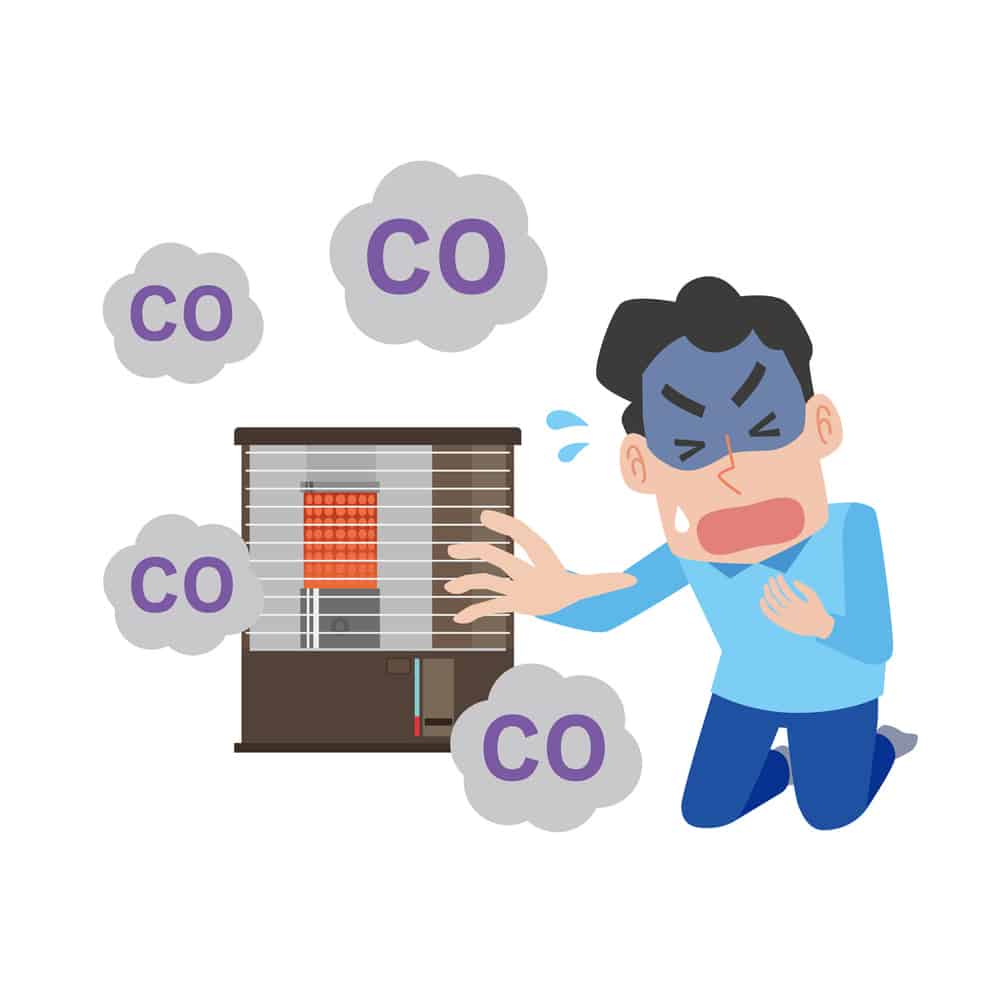Carbon monoxide poisoning from portable generators claims approximately 70 lives annually in the United States and causes thousands of injuries. Understanding and implementing proper safety measures is crucial for preventing these tragic incidents. For comprehensive guidance on generator operation, consult our guide on portable power safety.
Understanding Carbon Monoxide Risks
Carbon monoxide (CO) presents a particularly dangerous threat because it’s impossible to detect without proper equipment. This colorless, odorless gas can reach lethal concentrations within minutes, especially in enclosed or partially enclosed spaces. A single portable generator can produce as much carbon monoxide as hundreds of cars, making proper placement and operation critical.
Initial symptoms of CO poisoning often mimic flu-like conditions:
- Dizziness and headache
- Nausea and weakness
- Confusion and drowsiness
- Eventually leading to unconsciousness
For detailed safety guidelines, review our safety tips for portable generators.
Safe Operation Guidelines
Proper generator placement is absolutely critical. The Consumer Product Safety Commission (CPSC) mandates that generators must be operated:
- At least 20 feet from any building
- Away from windows, doors, and vents
- With exhaust directed away from structures
- Never in garages, even with doors open
Regular maintenance is crucial for safe operation. Visit our guide on generator maintenance for detailed maintenance procedures.
Detection and Prevention
Modern safety features have significantly improved generator safety. Key safety measures include:
- Installing CO detectors on every level of your home
- Testing detectors monthly
- Having an evacuation plan
- Maintaining proper generator upkeep
For maintenance specifics, check our guide on how to maintain your portable generator.
Emergency Response Protocol
If CO poisoning is suspected, immediate action is crucial:
- Get everyone outside immediately
- Call emergency services (911)
- Do not re-enter the building until cleared by professionals
- Seek immediate medical attention, even if symptoms are mild
Modern Safety Features
Recent technological advances have improved generator safety:
- Automatic CO detection and shutdown systems
- Enhanced emission controls
- Smart monitoring capabilities
- Weather-resistant designs
These features supplement but don’t replace proper safety practices.
Best Practices for Safe Operation
Safe generator operation requires consistent attention to proper procedures:
- Always perform pre-operation safety checks
- Maintain clear space around the generator
- Monitor weather conditions
- Keep fuel fresh and properly stored
- Follow manufacturer maintenance schedules
Conclusion
Generator safety requires vigilance and proper preparation. While modern safety features provide additional protection, they cannot substitute for appropriate placement and operation. Understanding and respecting the dangers of carbon monoxide ensures your generator remains a helpful tool rather than a potential hazard.
Remember that no convenience is worth risking lives. When in doubt, err on the side of caution and always prioritize safety over convenience when operating portable generators.
When preparing for emergencies, follow our portable generator emergency preparation guidelines.








Leave a Reply